The eyes have it when it comes to BW's UXr lab, where visual tracking and interaction are measured and translated into valuable data that can drive important decision-making.
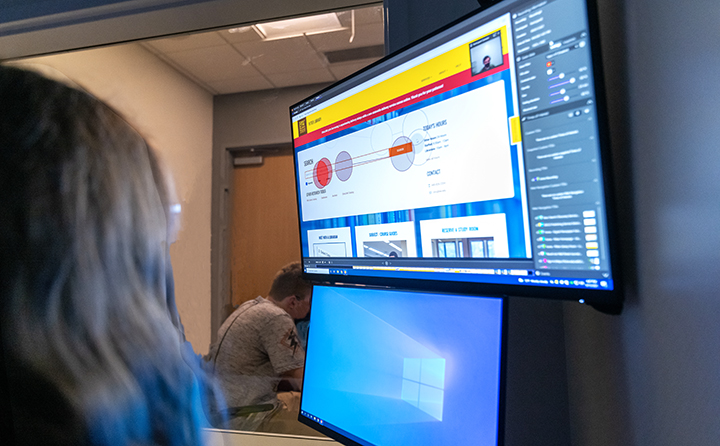
It's a win-win for clients and BW students alike. Students help take the lead on real-world projects that give them in-demand career skills. Clients receive research-based data about the effectiveness of their software applications and websites.
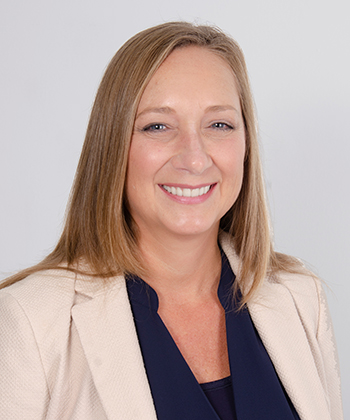
Under the leadership of associate professor Dr. Rachelle Hippler, the User Experience Research Lab (UXr) combines Hippler's background in software engineering, human-computer interaction research and consulting.
Researchers in the lab utilize techniques like observation, interviews, click-stream analysis and eye tracking to collect data that shows how people think, feel and use digital products and/or services. A usability report is then shared with the client that indicates areas of strength and potential weakness. That information can be utilized by the client's software engineers and UI designers, as well as marketing professionals.
"With the increased use of technology during and post COVID-19, there is renewed focus on the need for usable technology. We all know of software we need to use but cringe every time we have to interact with it," explained Hippler.
"As a software engineering professor, one of my goals is to help students learn empathy for the users of their software. It is one thing for technology to be useful. The UXr lab helps pinpoint ways technology can be made more usable," she emphasized.
Hippler went on to say that BW is one of only a few colleges to have a UX Research Lab. In the academic setting, the lab is used to test the prototypes students build as part of their software engineering coursework. It also provides a service to the university to help evaluate its websites and internal applications and offers valuable learning opportunities for students to do research for on-campus and off-campus organizations.
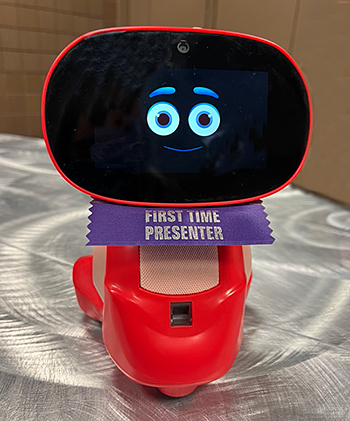
Last spring, Hippler and a team of students worked with faculty and students in BW's communication sciences and disorders program to study the impact of robotics on patient engagement during intervention. The co-disciplinary study assessed whether a commercially available robot, Miko, would result in better visual engagement from patients and, therefore, better therapeutic results.
Four participants diagnosed with speech sound or language disorders were selected from children enrolled at BW's Speech Clinic. Therapeutic interventions, which included flashcards, were not changed - just the format of the stimuli. To measure engagement during therapy sessions, children in the study wore Tobii eye-tracking glasses that helped the researchers see what the children were looking at during the therapy study.
Among the researchers was Alexander Zemskov '22, a double major in computer science and applied mathematics, who is now attending Case Western Reserve University to pursue a doctorate in computer science. He plans to pursue a career as a UX researcher.
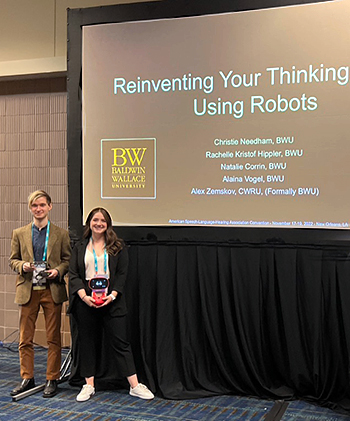
"This project was meaningful to me because everything we did was with an end goal of helping someone with our knowledge. People don't see computer science as a helping field, but that is exactly what we did," said Zemskov.
"I got into computer science at Solon High School. I only wanted to code. When I got to BW, my eyes were opened to other areas," he went on to say. "I joined Dr. Hippler's research team and really enjoyed it."
In November, Zemskov was among a five-person team who presented their research findings at the American Speech-Language-Hearing Association's 2022 convention. Joining him was Hippler, professor Christie Needham of BW's communication sciences and disorders program, and BW speech-language pathology graduate students Natalie Corrin '23 and Alaina Vogel '23.
Included in the presentation were findings from the study. Miko accrued more visual engagement from the children than flash cards or the therapist. This finding, along with other data garnered from the research project, is significant when assessing the potential use of robotics as an intervention for increasing therapeutic gains and engagement.
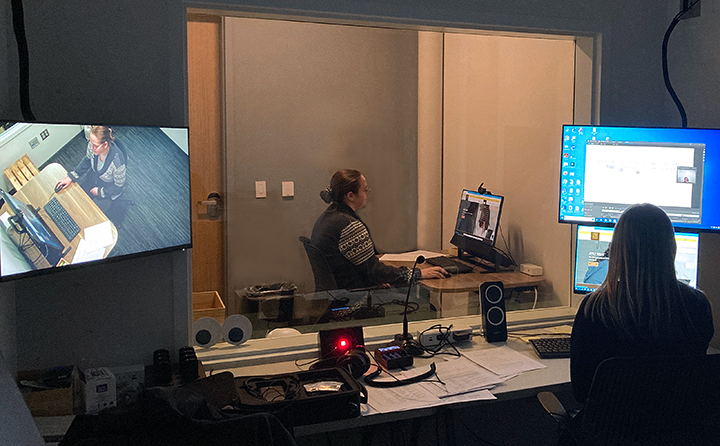
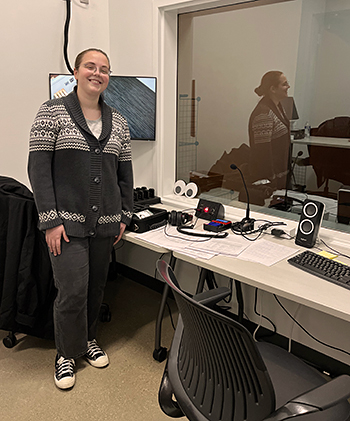
BW sophomore Ruby Thomas '25 hit a roadblock before beginning her college studies. Like many incoming first-year students, she had a major in mind but felt meh about the career possibilities often ascribed to it. That's when Google gave her the nudge she needed.
"I wanted to major in psychology. But I didn't want to be a counseling, clinical or neuro psychologist. One day, I searched for creative psychology fields on Google and stumbled upon UX research/design. I was immediately hooked. In UX, I can help people by making technology easier to use by finding creative solutions to problems," she surmised.
This fall, Thomas was one of five students in Hippler's lab involved in a research study for OEConnection (OEC), an award-winning, Northeast Ohio-headquartered company that provides high-quality technology solutions to automakers and their franchised dealers.
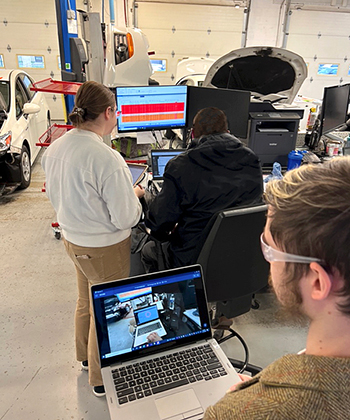
The project involved on-site testing of an OEC product called RepairLogic, a digital solution for vehicle repair. The BW research team went to a collision repair shop to do both observations and use eye-tracking glasses to record how participants used the platform to prepare for automotive repair plans.
Integral to the project was BW alumnus Michael Wish '05, an English and communications major who is OEC's UI/UX manager. Wish has been collaborating with Hippler for six years, first with software engineering students and now with the UX lab as a way to provide BW students with real-world learning opportunities.
For Thomas, the project was professionally and personally rewarding. "This project got me outside of my comfort zone. I had to go to an off-site research location and take the lead when interacting with our participants. Since I am more introverted, I was proud of myself for these accomplishments," added Thomas.
"Since this project may be similar to what I end up doing in my career, I was really excited to see what the field of UX research is like firsthand. My advice to students who may like a particular major or career field but can't find the perfect fit is to keep searching because eventually, you will," she emphasized with optimism.